Scientific name Gasteria Rank Genus | ||
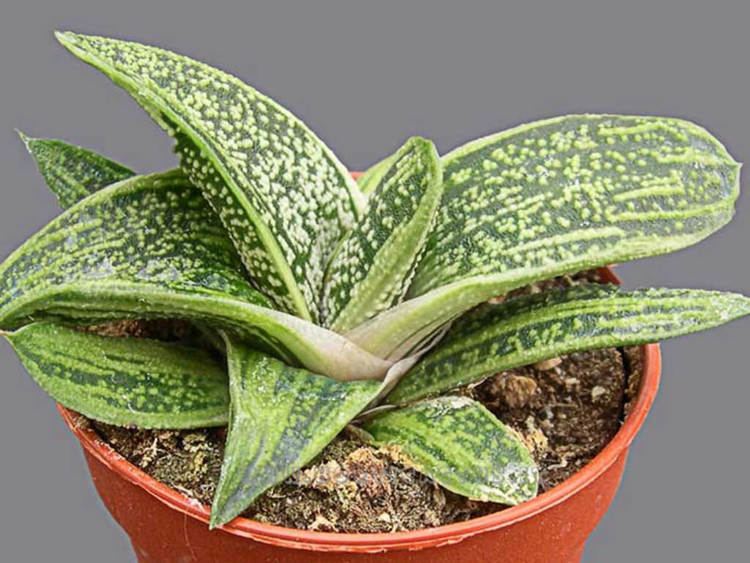 | ||
Lower classifications Gasteria armstrongii, Gasteria batesiana | ||
How to care for gasteria succulent plants
Gasteria is a genus of succulent plants, native to South Africa (and the far south-west corner of Namibia).
Contents
- How to care for gasteria succulent plants
- My plant collection rare succulents variegated haworthia truncata gasteria more
- Naming
- Description
- Distribution
- Cultivation
- Taxonomy
- Taxonomy according to flower morphology
- Taxonomy according to genome
- Western distichous group
- Large coastal group
- References
My plant collection rare succulents variegated haworthia truncata gasteria more
Naming
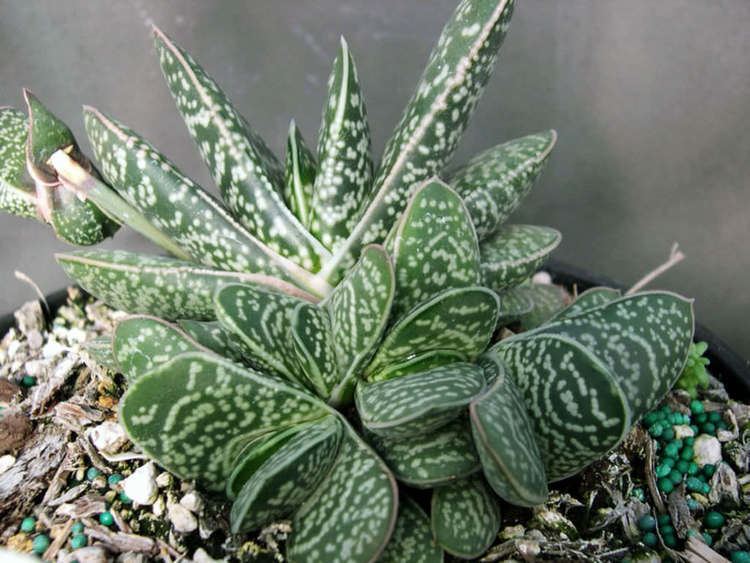
The genus is named for its stomach-shaped flowers ("gaster" is Latin for "stomach"). Common names include ox-tongue, cow-tongue, lawyer's tongue and, occasionally, mother-in-law's tongue.
Description
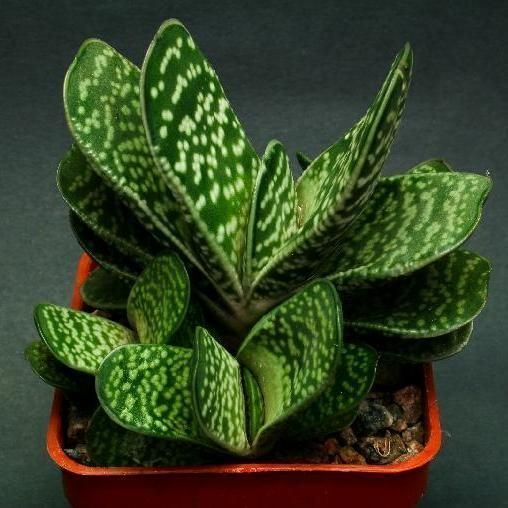
Gasterias are recognisable from their thick, hard, succulent "tongue-shaped" leaves. Their inflorescence is also unique, with their curved, stomach-shaped flowers, which hang from inclined racemes.
Distribution
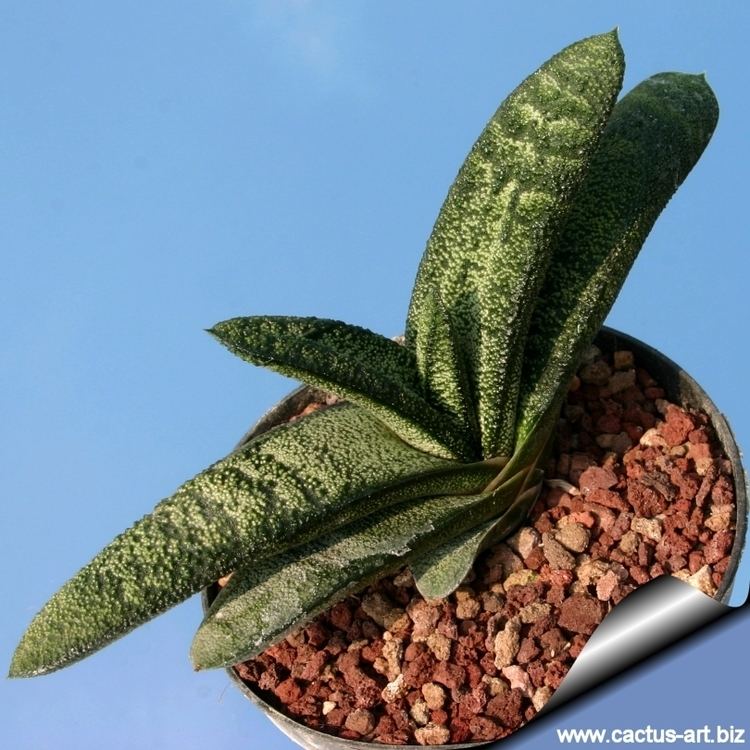
The species of this genus are mostly native to the Eastern Cape Province, South Africa, where the bulk of the species occur - especially in the small area between Grahamstown and Uniondale which enjoys rainfall throughout the year. However distribution of several species extends widely across the low-altitude coastal regions of the country, in an arched horseshoe shape across South Africa. At the one end of the genus's distribution, a species Gasteria pillansii extends into the far south-west corner of Namibia. At the other end, a species reaches the Lebombo mountains of Swaziland.
Cultivation
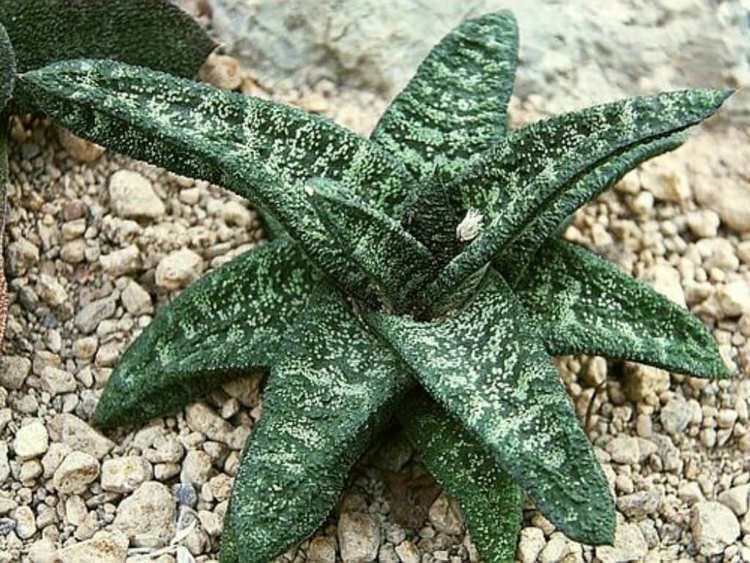
Gasteria species are grown in well-drained, sandy soils in light shade. The species can all be propagated by off-sets and cuttings (leaf cuttings can usually be rooted easily). They are also commonly propagated by seed. Germination usually occurs within 8 days but may take as long as one month depending on the species.
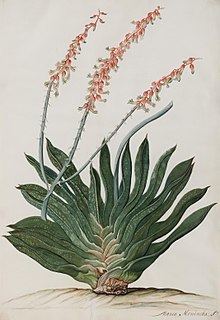
Flowering times vary between species, but is usually in the spring & summer. Those in the summer rainfall areas to the east, tend to always flower in spring to summer (October - January in South Africa) such as Gasteria batesiana, Gasteria croucheri & Gasteria acinacifolia. Those in the areas which receive rainfall all year, usually flower also in later summer (December - January) such as Gasteria excelsa, Gasteria nitida, Gasteria vlokii and Gasteria brachyphylla var. bayeri. Others in this region flower all year, but with a peak in the spring, such as Gasteria rawlinsonii, Gasteria bicolor & Gasteria carinata. The western-most species vary in their flowering times, within the species. Gasteria pillansii in the far west, flowers in summer (December - January), except for its northern-most variety "var. ernesti-ruschii" which flowers in autumn (March - April). Gasteria disticha usually flowers in spring, but in the far north of its range near Beaufort West it flowers in December.
Gasteria species are prone to Fusarium root rot, if they are over-watered.
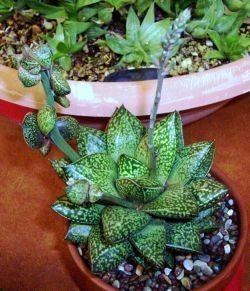
Several hybrids with species in other related genera have been created in cultivation, such as between Gasteria and Aloe (×Gasteraloe), and between Gasteria and Haworthia (×Gasterhaworthia).
Taxonomy
Gasteria is part of the family Asphodelaceae, subfamily Asphodeloideae. Closely related genera include Aloe and Haworthia, and the species of these genera are known to hybridise relatively easily with each other.
Dividing Gasteria into species is extremely difficult, as each plant can be highly variable. One plant will look different depending on its location, its soil and its age. Young Gasteria plants typically look entirely different to older specimens. (Usually, young plants have flat, strap-shaped, highly tubercled leaves, in a distichous formation.) In addition, the species tend to flow into each other in gradual transitions, with many intermediate forms, rather than being cleanly divided into discrete and separate species. Lastly, hybrids occur easily and naturally, whenever the range of two species overlap in habitat.
There is therefore considerable disagreement on how many species exist, with as many as 100 names being listed. Current studies tend to agree that there are between 16 and 23 species.
Taxonomy according to flower morphology
Using morphology (especially flower structure), a traditional and widely accepted taxonomy was described in 1994 (van Jaarsveld et al.), dividing the genus into two sections, four series, and 23 species.
Taxonomy according to genome
Recent phylogenetic studies suggest that the genus may actually be sub-divided into:
Western distichous group
Species with distichous (two-ranked), strap-shaped leaves which are usually without keels.
Large coastal group
Species generally form rosettes, with leaves usually bearing marginiform keels.
